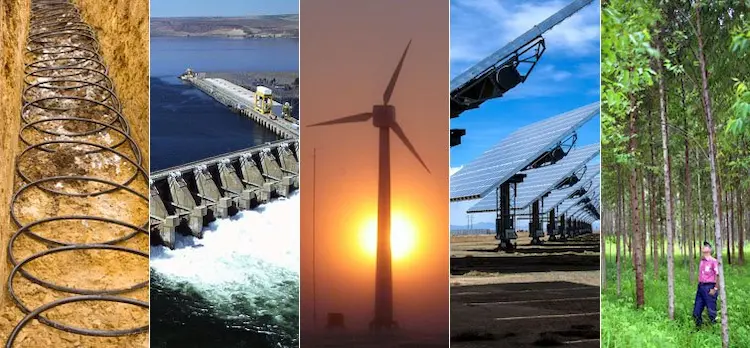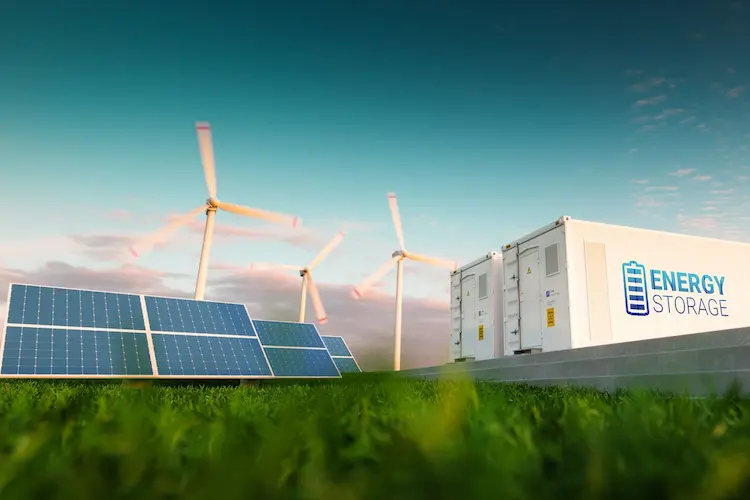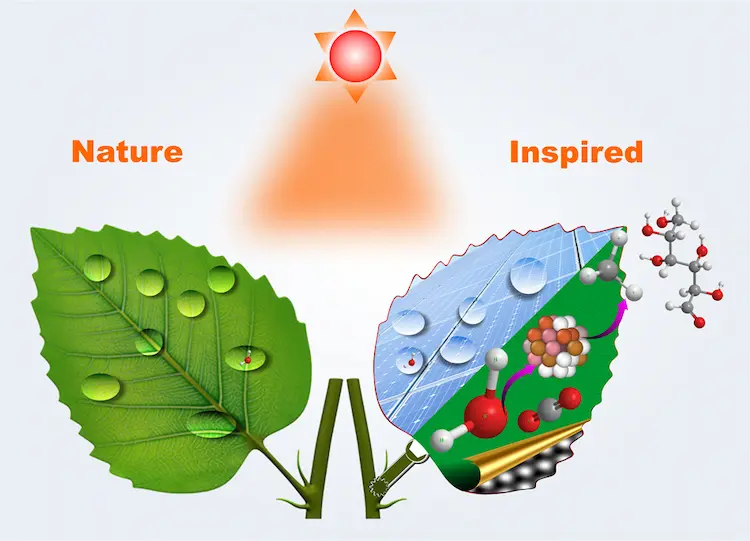As the world races to reduce greenhouse gas emissions and transition to clean, renewable energy, emerging technologies and innovative solutions pave the way to a greener, sustainable future. In this article, we explore some of the latest and most promising advancements in renewable energy, highlighting their potential impact on the global energy landscape.
For more insightful information about the renewable energy sector and recommendations on making informed decisions about your energy choices, visit this guide outlining the Choose Energy platform. You’ll find a wealth of resources and helpful articles on numerous clean and sustainable power topics.

Bioenergy: Microbial Electrolysis Cells (MECs)
Microbial electrolysis cells (MECs) harness the power of bacteria to produce hydrogen gas from organic waste material. MECs can also treat wastewater and generate electricity simultaneously, providing a sustainable and efficient solution to waste management challenges. The hydrogen generated from MECs can be utilized as a clean fuel source or further processed into other valuable chemicals and materials.
Solar Power: Perovskite Solar Cells
Perovskite solar cells are an exciting and rapidly evolving technology in the realm of solar power. These cells comprise perovskite-structured compounds, which afford better light absorption and charge transportation. Perovskite solar cells have the potential to be both more efficient and less expensive than traditional silicon-based solar cells. With ongoing improvements in durability and stability, these cells represent a promising solution to power generation from sunlight.
Energy Storage: Liquid Air Energy Storage (LAES)
Liquid Air Energy Storage (LAES) is a novel method for storing excess renewable energy and releasing it when needed. It compresses and cools air until it becomes liquid, which can then be stored in insulated tanks. When energy is needed, the liquid air is reheated, expanding and driving electricity turbines. LAES provides a promising alternative to traditional energy storage systems with zero emissions and a virtually unlimited storage capacity.

Wind Energy: Airborne Wind Turbines
Airborne wind turbines use high-altitude winds to provide consistent and abundant clean energy. These turbines are tethered to the ground by flexible cables and can be flown like kites, reaching altitudes where wind speeds are more consistent. With reduced infrastructure requirements and lower environmental impacts, airborne wind turbines open up new possibilities for harnessing wind power creatively and efficiently.
Thermoelectric Materials: Efficient Energy Harvesting
Developing advanced thermoelectric materials can revolutionize how heat can be utilized effectively. Thermoelectric materials capture waste heat and convert it into usable electricity, offering a promising means of improving energy efficiency in various applications. As these materials continue to develop, we can expect increased utilization of waste heat sources and the creation of new energy solutions for both small and large-scale applications.
Ocean Power: Tidal Stream Turbines
Submerged in the ocean, tidal stream turbines capture the kinetic energy of fast-flowing currents to generate clean electricity. Unlike traditional hydropower technologies like dams, these turbines minimally disrupt marine ecosystems and the surrounding environment. Investments in developing and deploying tidal stream turbines have been on the rise in recent years, signaling a potentially significant contributor to renewable energy generation.
Artificial Photosynthesis: Mimicking Nature’s Energy Production
Artificial photosynthesis replicates natural photosynthesis by using synthetic materials to convert sunlight, water, and carbon dioxide into valuable, storable fuels. This innovative approach has the potential to generate clean and renewable energy while also contributing to carbon capture efforts by removing CO2 from the atmosphere. Advancements in research and technology are necessary for further development and eventual integration of artificial photosynthesis into the energy sector.

Geothermal Energy: Enhanced Geothermal Systems (EGS)
Enhanced Geothermal Systems (EGS) are an emerging innovation that seeks to unlock the full potential of geothermal energy. By creating artificial fractures in deep, hot rock formations, fluid can circulate and extract heat more effectively than traditional hydrothermal reservoirs. EGS has the potential to significantly expand geothermal energy capacity and provide a reliable, continuous source of renewable power.
Concentrated Solar Power: Efficient Solar Energy Storage
Concentrated Solar Power (CSP) captures and stores solar energy by focusing sunlight on a small area using mirrors or lenses. This concentrated light is then converted into heat, which can be used to generate electricity via steam turbines. One significant benefit of CSP is its ability to store thermal energy, allowing for continuous electricity generation even when the sun is not shining. The integration of CSP systems has the potential to provide a stable, reliable, and cost-effective source of renewable energy.
Conclusion on Renewable Energy Technologies
These are just a handful of the innovative renewable energy technologies that offer a glimpse into the future of power generation. With concerted efforts, investments, and collaboration between governments, research institutions, and industries, these emerging technologies can help shape a world powered increasingly by clean, sustainable, and abundant energy sources.